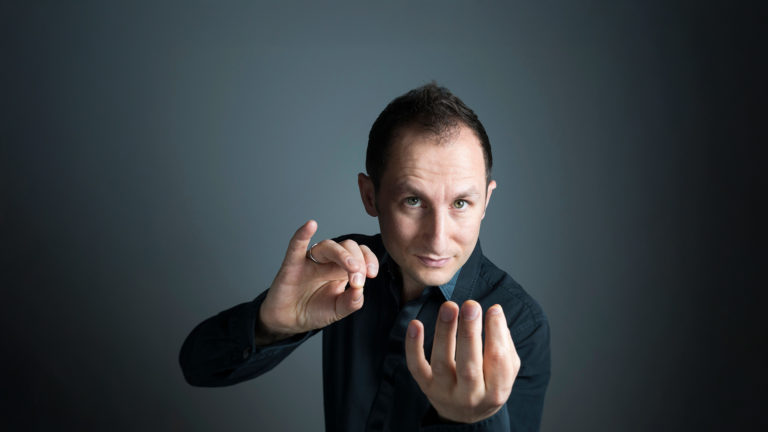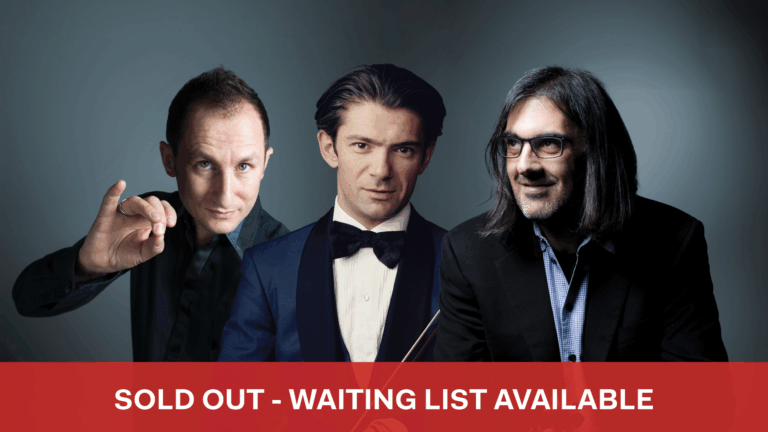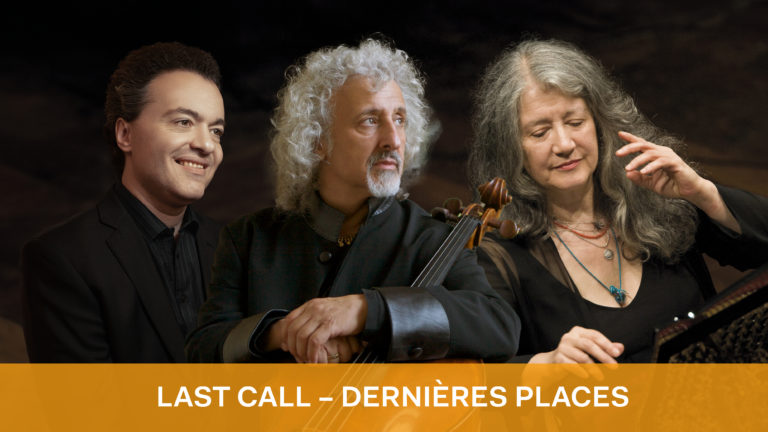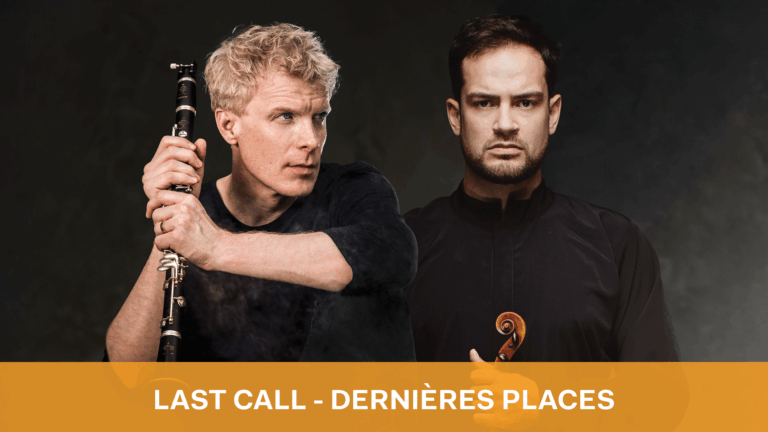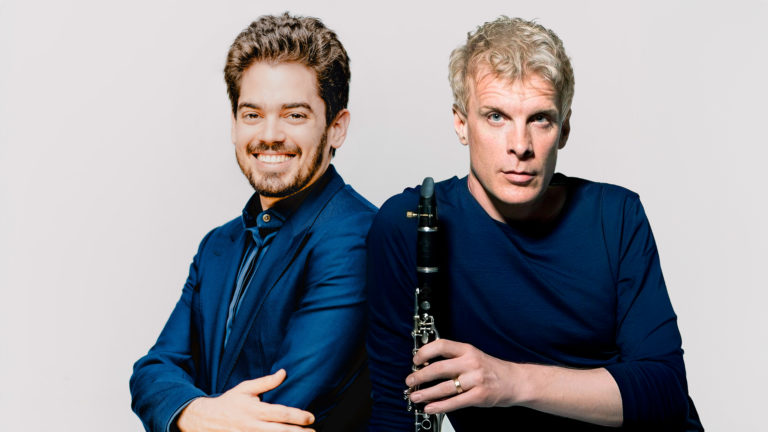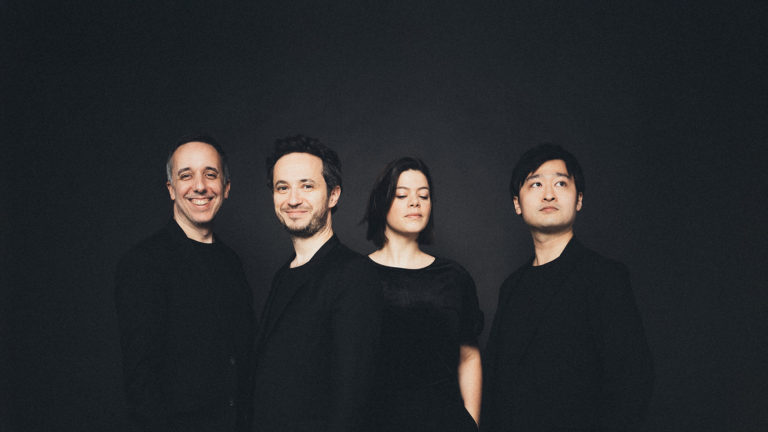Presented by
VFCO / GÁBOR TAKÁCS-NAGY / ANTOINE TAMESTIT / PIERRE GÉNISSON

Pierre Génisson and Antoine Tamestit have succeeded in giving their instruments a new glory, combining technical excellence with a sharp, open mind. They join forces in Bruch's Double Concerto, with Schumann's tumultuous Second Symphony completing the programme.
Programme
MAX BRUCH (1882-1937)
Interval
ROBERT SCHUMANN (1810-1856)
Distribution
- Verbier Festival Chamber Orchestra
- Gábor Takács-Nagy conductor
- Antoine Tamestit viola
- Pierre Génisson clarinet
At the time of the composition of Symphony No. 101, Haydn was a star whose reputation extended beyond the realms of classical music. Each of his creations is an event, relying on gigantic forces or new instrumental techniques. Such is the case with this symphony, where we can hear the famous obstinate pizzicato rhythm of the strings that gives the work its title. The premiere of the work by an orchestra of 60 musicians (an enormous number for the time) was another great success for the composer, establishing him as the father of the symphony.
Max Bruch was one of those composers who refused to give in to the sirens of their time, continuing to compose in a deliberately classical style at a time when music was evolving at an astonishing rate in the early modern era. A case in point is this Double-Concerto, a rare form inherited from the Baroque, dating from 1912, a time when people were turning their attention to the experiments of Stravinsky and Schoenberg. As well as showcasing two instruments often sidelined by international stages, the work stands out for its melodic and dramatic qualities, bearing a palpable tenderness, the dedicatee being no less than the composer’s own son, who was a clarinetist.
Schumann’s life was full of tragedies; in 1846, while working on the orchestration of his new Symphony, he sank into depression and suffered from tinnitus. Paradoxically, and in the manner of his model Beethoven, the Symphony is in a triumphant mood, as if announcing Man’s victory over Fate. Developing a new compositional strategy by moving away from the keyboard to rediscover the purity and abstraction of counterpoint, the Second Symphony is the first product of this new style, developing unprecedented timbres and structural clarity.
